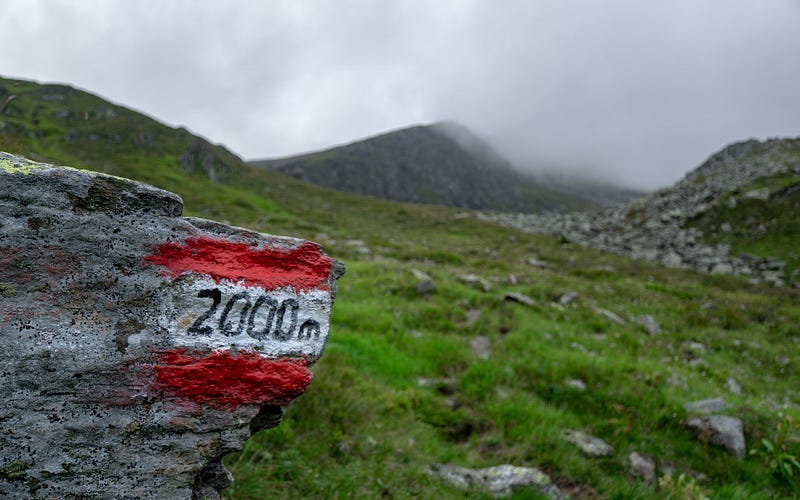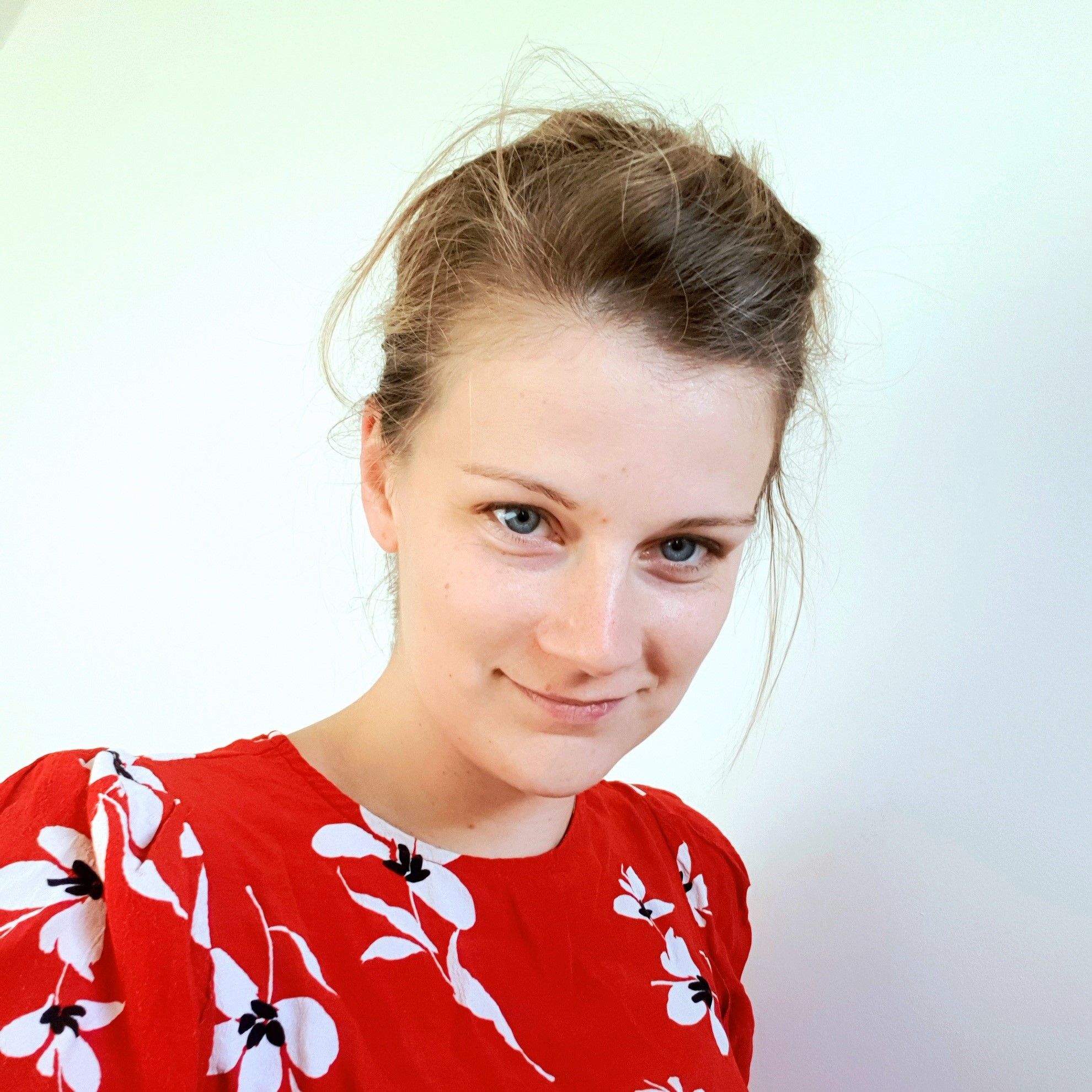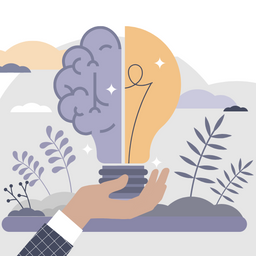The One Subscription I Am Excited About Renewing; Obsidian
Because the last year has been a blast. Where will the next one take me?

Because the last year has been a blast. Where will the next one take me?
I got an email this morning to remind me my Obsidian Sync subscription was about to renew. Normally I feel anguish at renewals because well, it’s essentially another bill, isn’t it? Especially yearly ones; they always hurt a bit more.
But oddly, with this one, I felt a sense of reminiscence and satisfaction. It was a recognition of how far I had come with my knowledge journey over the past year. I was not paying because I had to, I was paying because I wanted to; I wanted to support an epic community of developers and passionate learners. So the prospect of this renewal is just a renewal of that commitment.
Obsidian doesn’t do 100% of what I need to do, but it solved 100% of my problems at the time I began my journey.
Here’s a summary of that journey over the last year and a look forward at the next.
The situation one year ago was that of information chaos
Obsidian came at a time of complete overwhelm with my life and PhD. It was information, information everywhere. I was re-reading research papers I had already read twice because I didn’t have a robust system in place for capturing notes, never mind my ideas. I was forgetting important dates and I couldn’t see the wood for the trees.
It’s like a constant feeling of ‘I’ve read that before somewhere’ and never being able to work out where. I could have imagined it for all I knew!
At first I tried Notion and thought it was pretty amazing. I liked how knowledge could feed into one piece of software. But I never really gelled with it. It seemed picky and complicated. I spent all my time tweaking and adding database parameters. The learning curve was steep and I didn’t like the database and tabular interface. It wasn’t for me.
However it had set a seed. Surely it wasn’t the only piece of software out there to have this ability?
When I first watched a YouTube video on Obsidian, I’m going to be honest, I wasn’t sold. It looked too ‘codey’. I can’t remember how I eventually jumped on the Obsidian ship; most likely I tried it out of curiosity (or desperation). But I did, and then I never looked back.

To begin with Obsidian became a place of collection
The first few months with Obsidian, I was treating it like a collection vessel. It was a catch-all for everything. Everything went in and pretty much nothing came out.
But that was OK.
At that point this was all I needed; a central space. If I read something, I could make a note in there. Had an idea? In it went.
But I quickly realised that Obsidian was so much more than a collection vessel. It was a magic lamp with a genie inside. And that genie was ready to grant an umpteen number of wishes.
The next 6 months were developing it as a research paper database
Once I used the Citations plugin and integrated my vault with Zotero, there really was no going back. I set up an import template with areas for notes and areas where I was prompted for ‘Next Ideas’ and ‘Major Conclusions’, both of which help to think more widely.
I developed a system of tags to connect papers which studied similar things. Or the level to which I had read them. I could even tag key papers to focus my reading.
Now as I discovered the merits of the genie of the Obsidian lamp, I discovered that I didn’t really have to wish for things. Instead using a combination of personal discovery and the PKM community, the wishes ‘emerged’ and became apparent. Rather than coming from an angle of demand, i.e. ‘it needs to be this way’, I came from the angle of wonder; ‘where can I go?’
I could add links like ‘contrasts to …’ or ‘… also found this’. I realised that I could create a whole integrated network of research papers linked together so that when I came to write, I could explore these avenues of thought.
It was not only OK to connect these papers through similarity, but more excitingly, through difference.
🤯
Obsidian had provided a solution, but I still had a problem
There was still something missing for me though and that was being able to have a visual representation of how to structure my thesis literature review.
I couldn’t for the life of me work out how all these things I was reading spatially, could fit together in a final form which should be linear.
It was at this time Scrintal came onto the scene. It was there I was to create this structure. Canvas came on the scene shortly after. Would i have still joined Scrintal if Canvas had been available? Probably not, but I still prefer Scrintal for structuring large projects together.
[I’m currently using Scrintal to organise my website and Medium blog ➡ TBC … ]
This did teach me something though; Obsidian might be great, but it doesn’t have to be everything as I perhaps had naively started out believing. As I mentioned earlier, it solved 100% of my problem, but isn’t a 100% solution to knowledge management throughout my PhD.
Anyway, I pulled this, now linear, structure back into Obsidian and suddenly everything made even more sense.
Until now, it was largely input based system. Now outputs could be a part of it too.
Then I started to explore the wider uses of Obsidian
As research papers and ideas collided with a defined literature review structure I began to harness plugins like Dataview to hone down the relevant information. By combining tags together I could direct focus onto relevant papers and explore the connections within them.
I started using Smart Connections with its AI capabilities to also find similar areas of research. Everything was suddenly so … connected.
I developed a blog pipeline, in part to get myself more consistently writing, but also to deal with the onslaught that was doing a challenge of writing 2000 words a day for 30 days. The Obsidian genie was instrumental in helping me to achieve that. I didn’t think it was possible to learn so much about writing in such a short space of time.

It was through taking Obsidian one step at a time, that I really embraced its capabilities. I didn’t go in with expectations and a defined structure. Instead, I let that structure evolve over a year. And it’s still evolving. As long as it works for me in the moment, I am happy.
What next?
There’s still a long way to go; plans for the next year
I’m sure the next year will be even more exciting. Obsidian CEO kepano estimates there are 1,000,000 users of the app; there really is no stopping it now.
Here’s my personal Obsidian road map for the year ahead:
- Finish cataloguing of my peer-reviewed literature with tags and continue developing connections within these.
- Create MOCs around similar research themes, concepts and personal theories (similar to those Jeremey Nguyen demonstrates in this LYT 2023 video) . These will make it easier to write and identify potential areas for future study; I can very easily pull out relevant references and have an at-a-glance view of agreements and disagreements in the literature.
- I’d like to streamline my Obsidian workflows more and how it integrates with other parts of my PhD. I’ve since taken my literature review in its final form out of Obsidian because I prefer the writing interface elsewhere. Obsidian is my note-taking, note-making, note-connecting and outline-creation powerhouse.
- Work on my YAML sections as I don’t make enough use of them. The reason being I find them a bit of a clunky way of dealing with information but I’d be stupid to deny their potential.
- Be inspired by more people and inspire more people about the power of Obsidian for research, learning and discovery.
Obsidian is the lamp I like to rub every so often. What will emerge this year I wonder?

